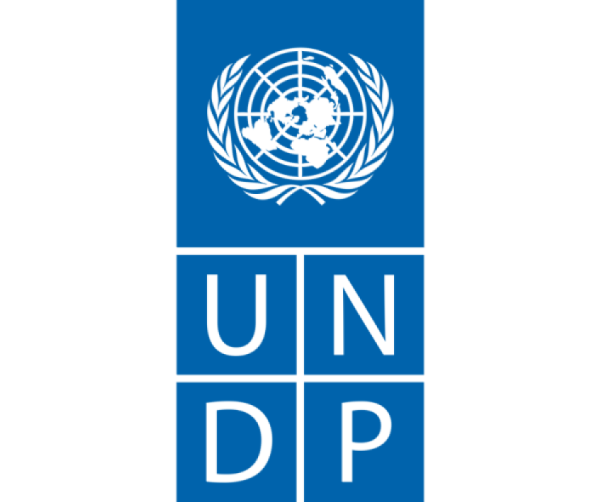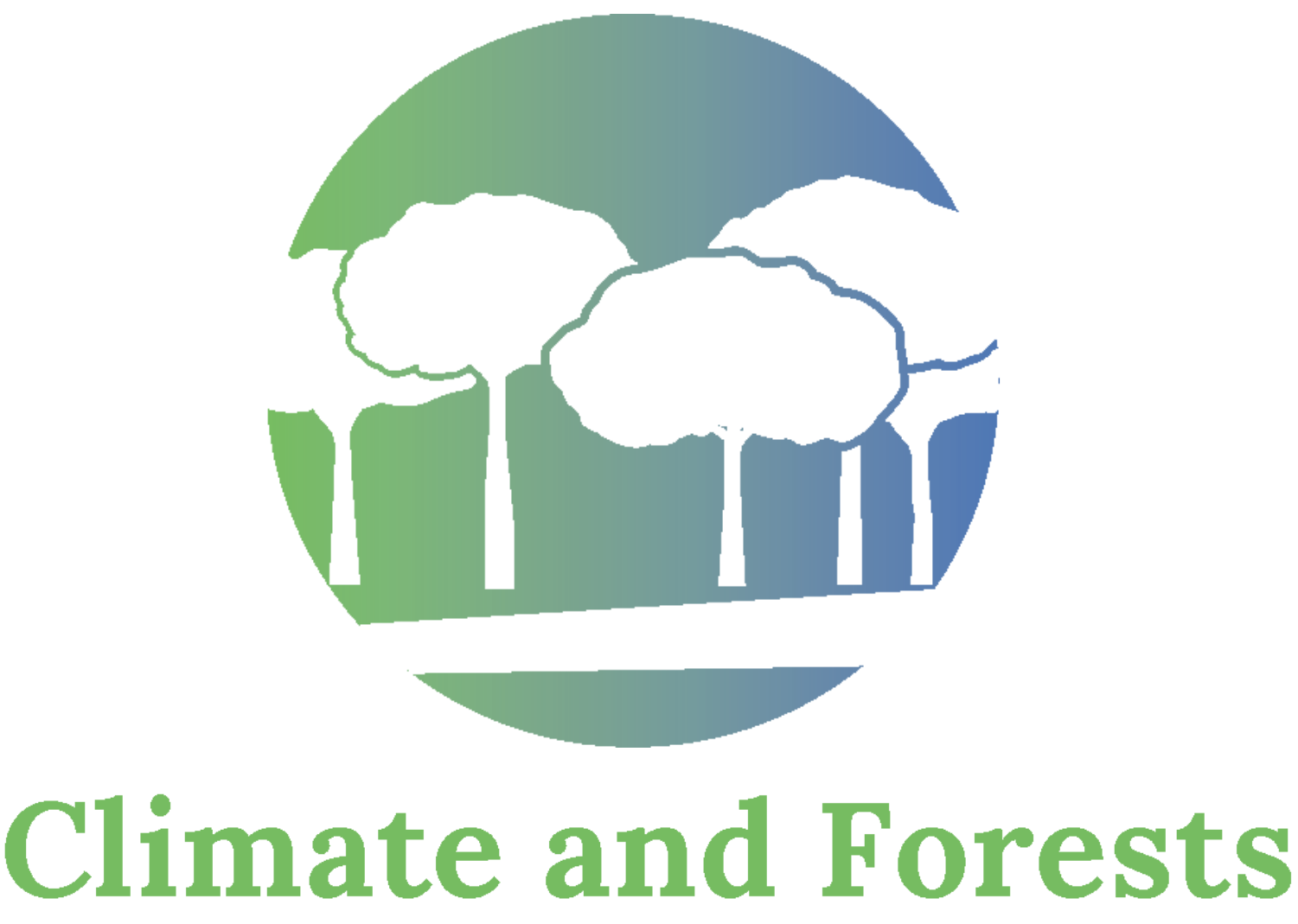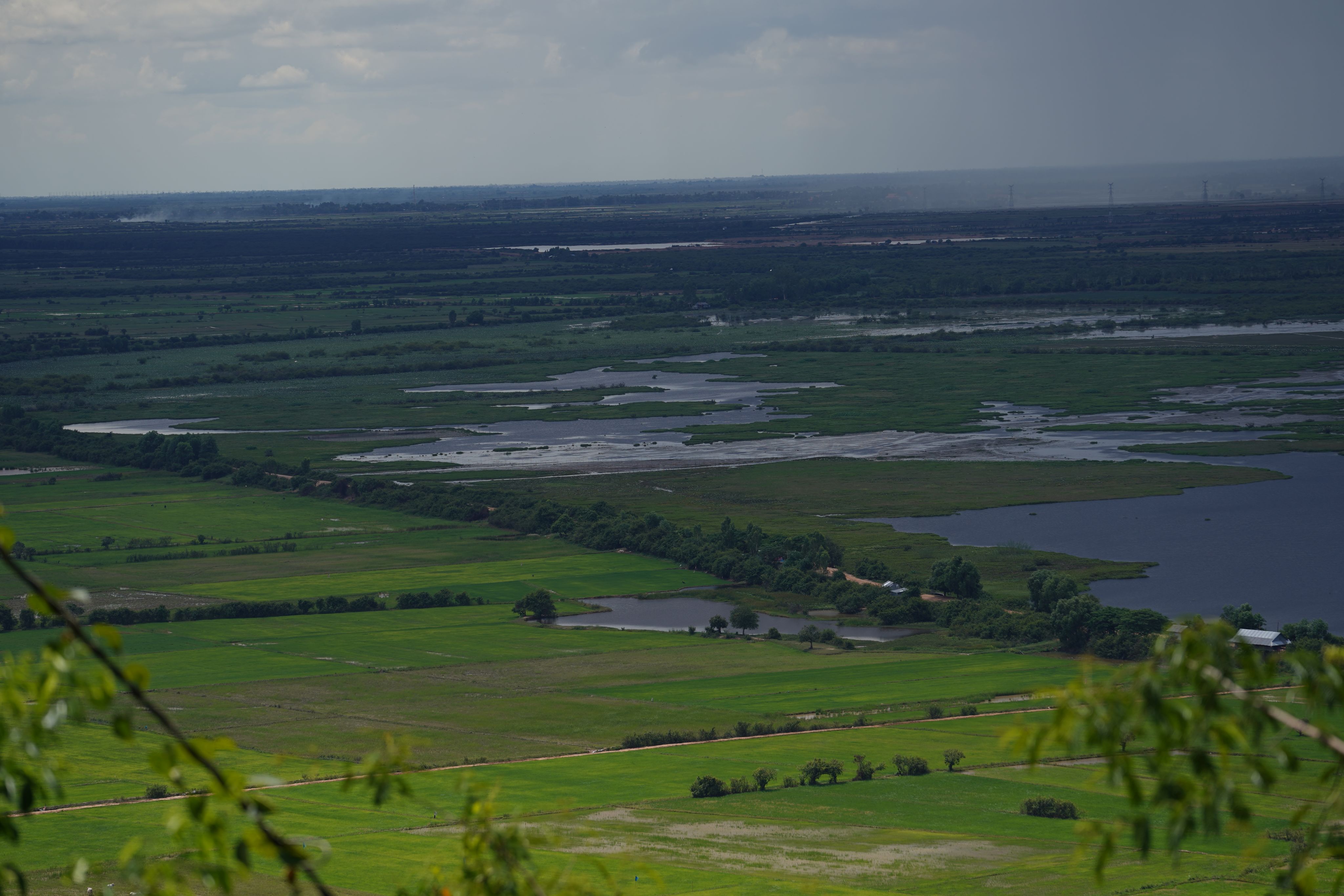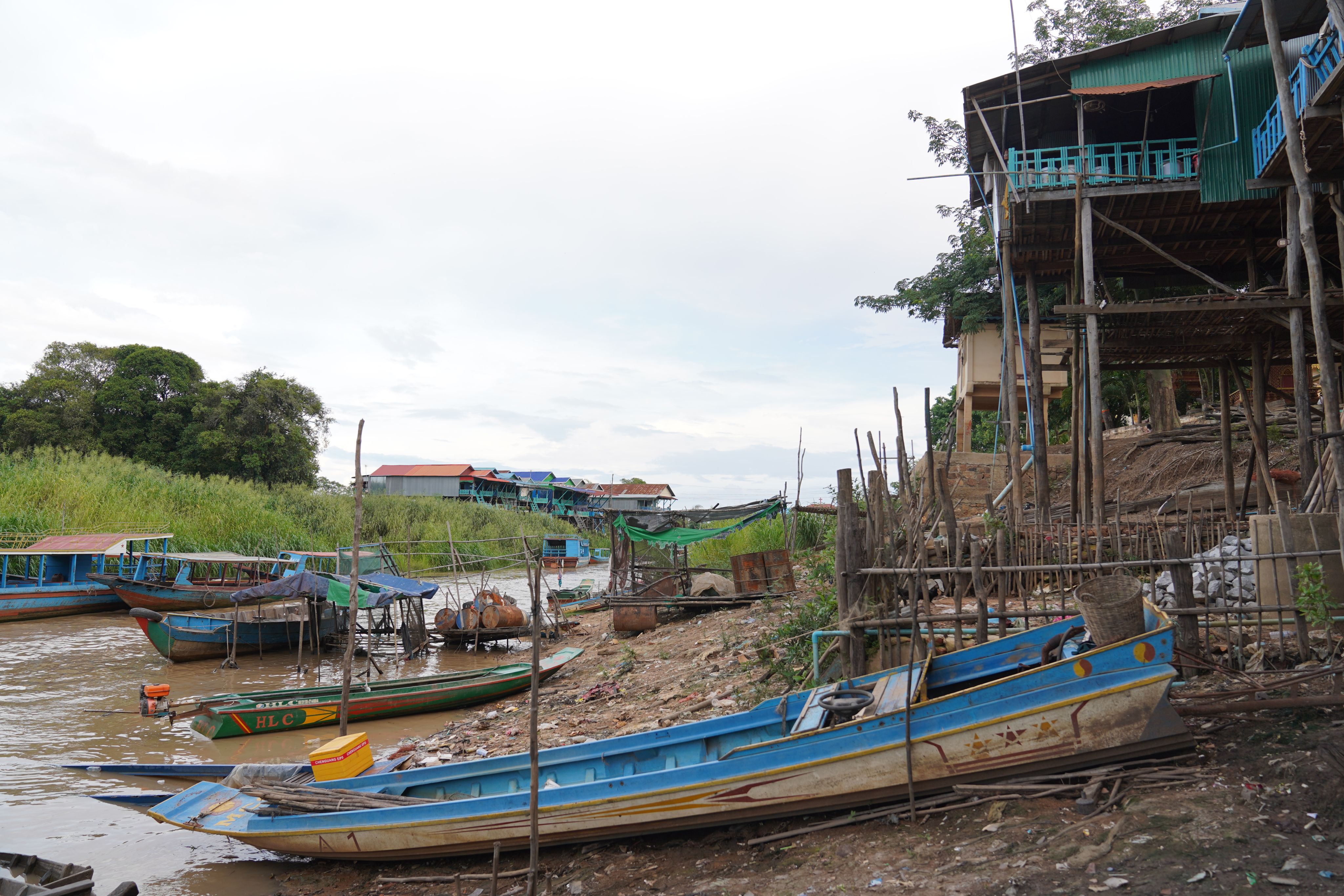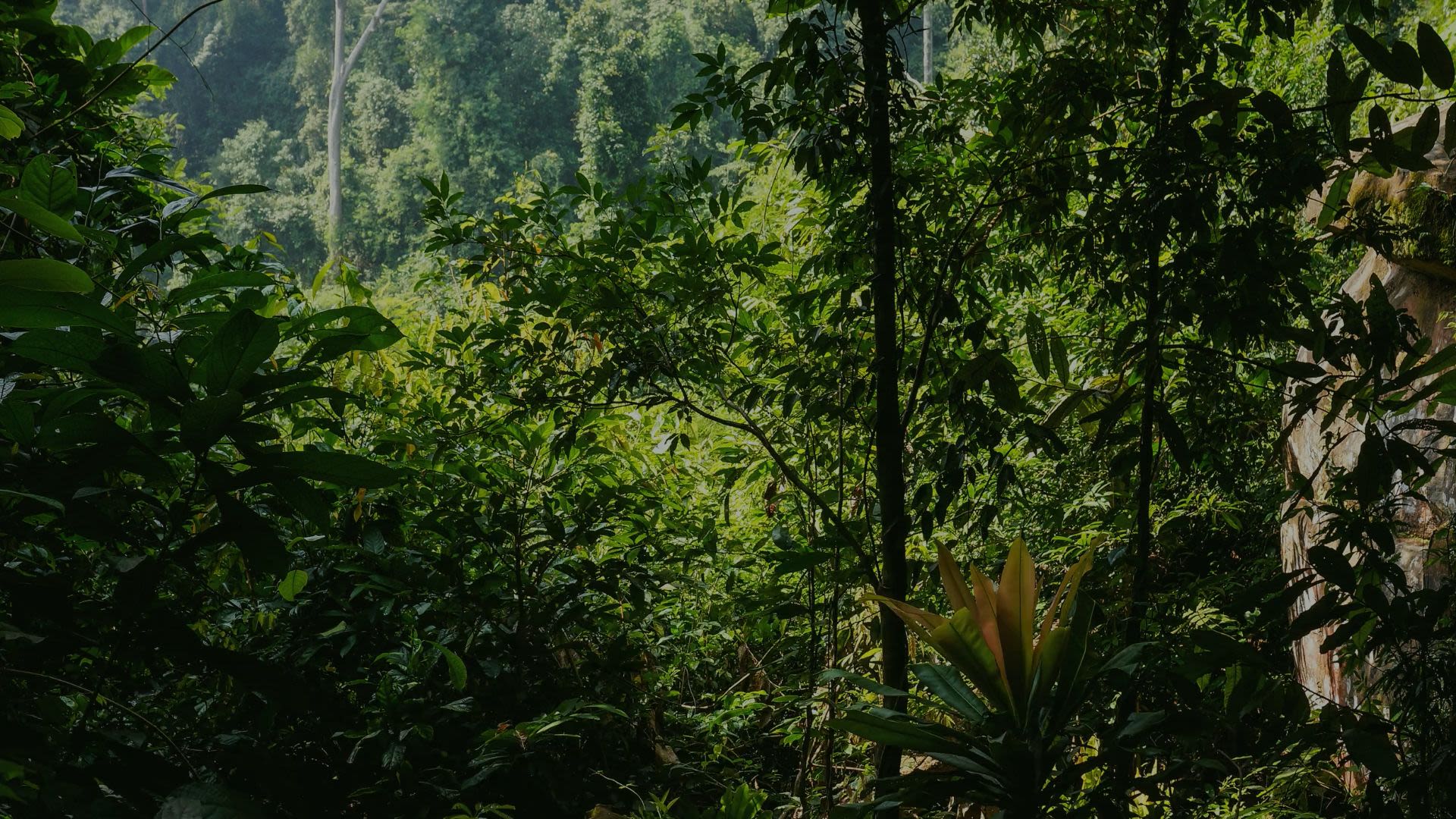
“I am a farmer. I have seven children, and all are married and moved out – they are all farmers as well.”
Like most farmers in the region, Dom Try cultivates rice which, together with fish, forms the country’s staple food.
Rice farming takes many different forms, depending on the location of the village in relation to the massive floods of the lake. The people here have learnt to adapt their lives to the constant flow of the water.

The 69-year-old farmer sees two major threats to the health of the flooded forest: “Every year, forest fires have been proven the most challenging issue for us as there were so many wildfires during the dry season.”
Fires, either accidentally occurring or intentionally lit for clearing and hunting, have severely impacted habitats throughout the Tonle Sap floodplain in the past years, especially affecting the standing biomass and nutrient levels. This in turn leads to reduced flowering, seed production and seedling survival, thereby degrading the flooded forest and its unique vegetation.

For farmer Dom Try, the second challenge is deforestation: “Many actors contribute to this, including agriculture land expansion, cutting forest for firewood and for selling the timber as business. But lately, people are becoming more aware of this issue.”

Dom Try feels nostalgic when remembering the flooded forest of his childhood: “Before, life was easier because there were forests. We had regular rain, and it was not too hot. When I was young, I caught so many fish until I could not even carry them all back home. But nowadays I can catch only enough for a single meal.”
“For the rest of my life, my dream is to see our forests restored – just like how it was before, when I was young. When I was a kid, I saw a lot of birds in my community such as lesser whistling duck, open billed stork, the painted stork, and other animals. But now, they all seem to have vanished. It's easy to explain why, it's because the forest is disappearing. Now that the community is strengthening laws and regulations, it makes me somewhat hopeful that we still have the chance to restore our environment and protect some birds.”
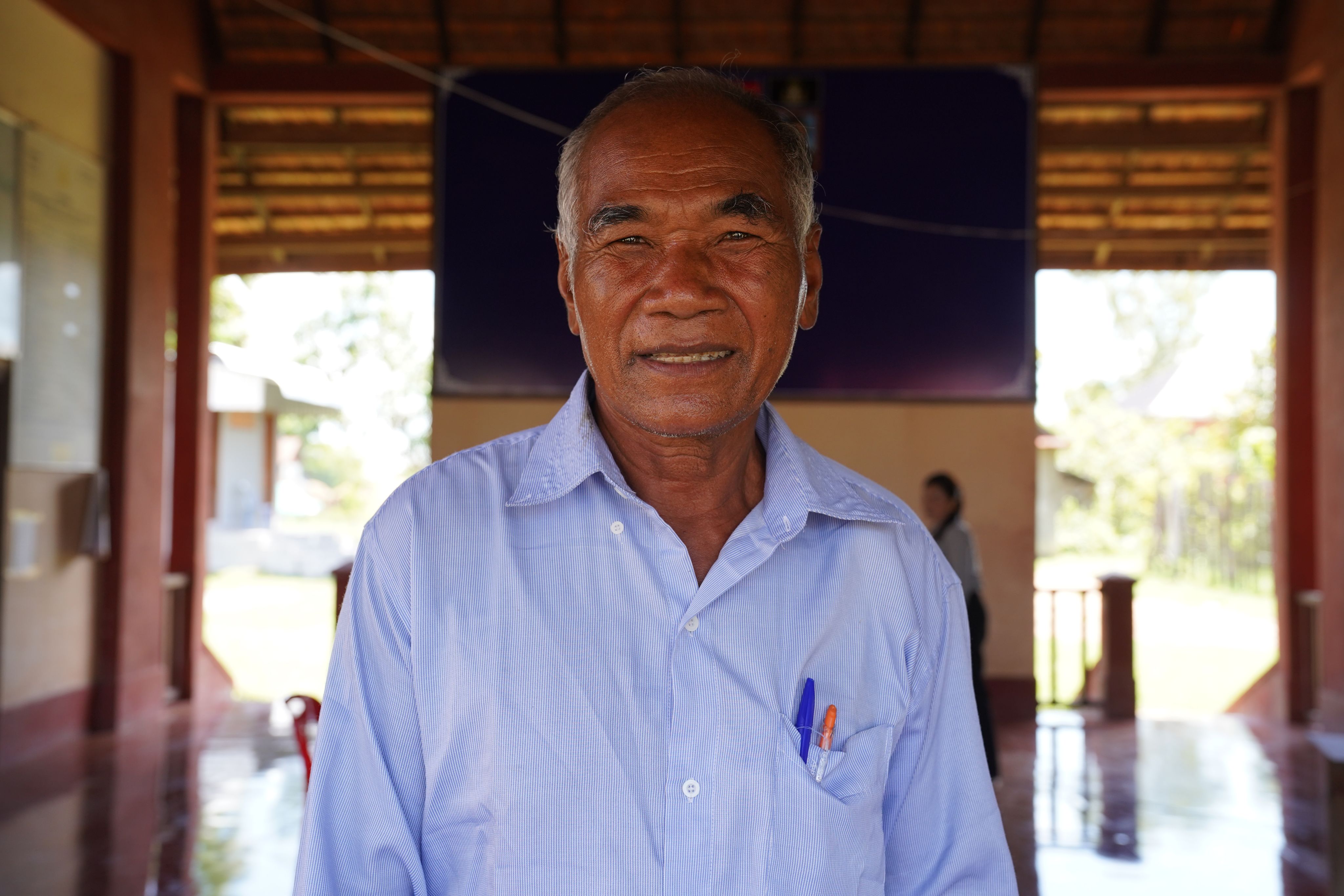
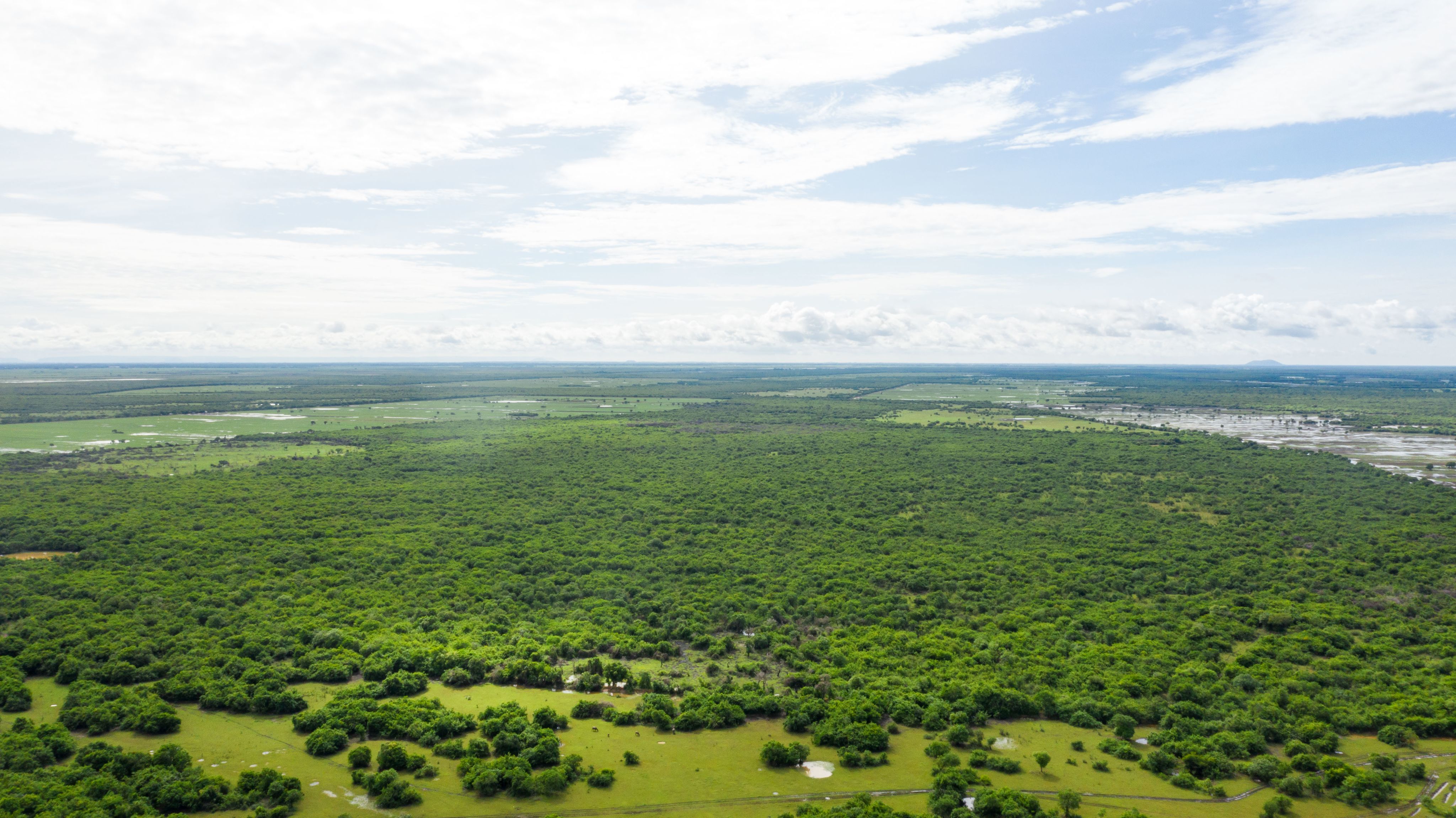
Dom Try spends a large part of his time teaching the community to plant trees and restore their flooded forest: “I am working with women's groups to sow seeds, plant trees and collect seeds from the flooded areas. To do so, we have received financial support from the flooded forest rehabilitation project. Most importantly, we now have the chance to restore our forest community.”
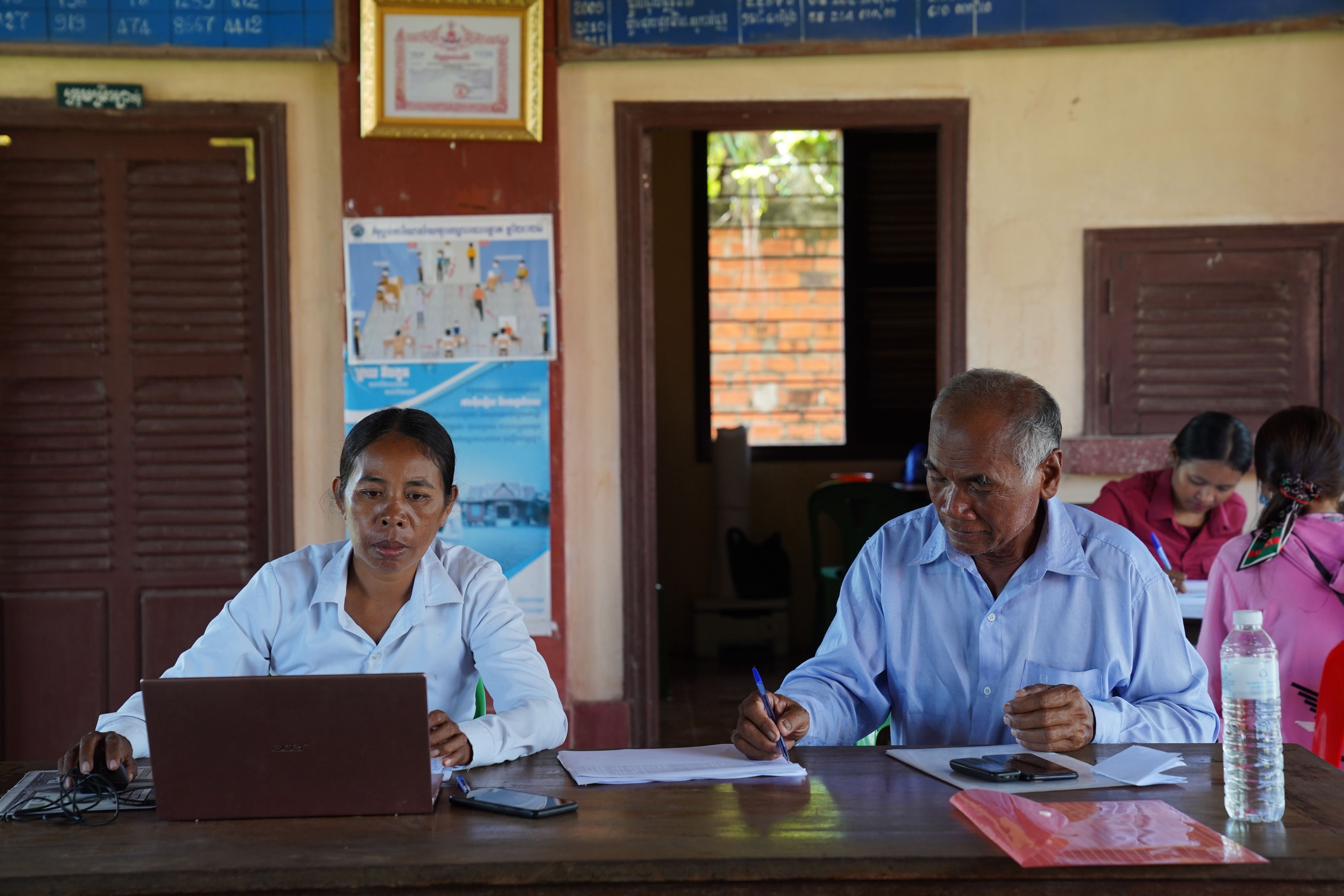


Footnotes
Additional project information
- Learn more about the FCPF REDD+ Readiness Project, REDD+ in Cambodia, UN-REDD in Cambodia, Cambodia’s National REDD+ Strategy and UNDP’s work in Cambodia
- The UNDP Climate & Forests Team assists different countries and stakeholders in the implementation of the Paris Agreement by reducing deforestation, forest degradation and promoting sustainable development pathways.
- Since July 2019, UNDP has supported the Royal Government of Cambodia to protect and restore the flooded forest and its biodiversity within the lake area to improve fishing productivity, reduce carbon emissions and prevent erosion. With the main objective to promote an integrated and sustainable flooded forest rehabilitation and management in the Tonle Sap Great Lake, the project focuses on promoting more sustainable management practices, capacity building for local authorities and community engagement in the flooded forest conservation areas.
This story has been kindly supported by the Forest Carbon Partnership Facility (FCPF), UNDP Cambodia, UNDP Climate & Forests, and the Cambodian Fisheries Administration (FiA) of the Ministry of Agriculture, Forestry and Fisheries (MAFF).
Story credits:
Texts, Video Production & Visual story layout: Roxana Auhagen
Photos, Videos & Collaboration: Ratha Soy, UNDP Cambodia
Animated title visuals: Sila Alici Kavuk
Other photos as noted.
Disclaimer
The series explored the intricate relation between flooded forest landscape (the Tonle Sap basin) and local communities living within and/or surrounding the landscape. It does, however, not represent the general condition of the entire community and/or the Tonle Sap landscape as a whole.
Unless expressly stated otherwise, the views, findings, interpretation, and conclusion expressed in this multimedia series are those of the participant(s)/respondent(s) only and do not necessarily represent those of the United Nations Development Programme, including the Fisheries Administration, Forest Carbon Partnership Facility (FCPF) programme, Ministry of Environment, local communities, or the consultant engaged in preparing the case study.
The United Nations Development Programme does not warrant that the information contained in the story is complete and correct and shall not be liable whatsoever for any damages incurred as a result of its use.

